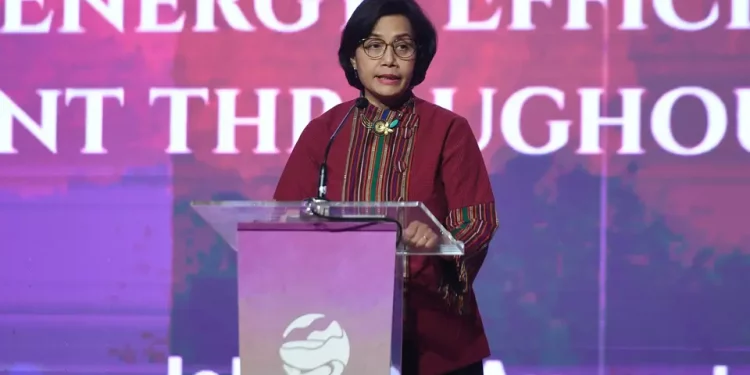IDNAround – Finance Minister Sri Mulyani said Tuesday that Indonesia would need hundreds of billions of American dollars over the next decade to build green buildings to drastically slash carbon emissions that the construction sector emits.
Generally speaking, green buildings focus on minimizing negative impacts on the environment by using less water, energy, and other natural resources, as well as employing renewables.
The International Finance Corporation (IFC) report shows that the East Asia Pacific and South Asia, which is set to be home to half of the world’s urban population by 2030, will require an estimated $17.8 trillion investment for the green buildings sector.
“About $200 billion is required in the next 10 years to fulfill the investment needed for sustainable buildings in Indonesia,” Sri Mulyani said at the ASEAN Finance Ministers and Central Bank Governors Meeting (AFMGM) in Jakarta on Tuesday.
“The government has to work hard to leverage financing options to support sustainable building projects in Indonesia. This calls for innovative solutions and collaborative efforts,” the minister said.
The building and construction sector accounted for 36 percent of the global energy consumption in 2020, while also being responsible for up to 37 percent of the energy-related carbon dioxide emissions. Residential properties make up for around 17 percent of carbon emissions globally at a time when Indonesia is facing a large housing backlog, according to Sri Mulyani.
Government data shows that Indonesia is 12.71 million houses short. The housing demand is also forecast to grow due to Indonesia’s relatively young population. The National Statistics Agency (BPS) reported in its 2020 census that Gen Z (people born between 1997-2012) accounted for 27.94 percent of the Indonesian population which totaled 270.2 million. The millennials (people born between 1981-1996) made up 25.87 percent of the total Indonesian population.
“Indonesia has a relatively young demographic and this is set to [drive up] the housing demand in the country. … Our millennials are becoming a driving force to our growth, but they are at the same time becoming more aware of living more sustainably and preventing climate change implications,” Sri Mulyani said.
Green mortgages — in which banks offer lower interest rates for purchases of energy-efficient homes — can be a way to slash emissions within the sector. However, green mortgages have not gained much traction in Indonesia. Sri Mulyani added: “Green mortgages … are relatively new for Indonesia despite a pressing need. Green mortgages have not yet been significant as the general trend of financing.”
More Investment Needed for NDC Climate Targets
Sri Mulyani also laid out the investment needs for Indonesia to reach its overall climate targets.
Indonesia last year decided to set more ambitious climate targets on the so-called enhanced “nationally determined contribution” (NDC) document submitted to the United Nations Framework Convention on Climate Change (UNFCCC).
The enhanced NDC document states that Indonesia initially aimed to slash 29 percent of emissions by its efforts by 2030, but the country decided to increase these reduction targets to 31.89 percent. It is also willing to boost the reduction targets to 43.2 percent if it receives help from other nations.
“We need a substantial investment of up to $281 billion by 2030 to achieve our NDC targets. The investment is expected to come from a combination of public and private investment,” Sri Mulyani told the same forum.
Also Read: Jakarta Police Uncover Arms Trade Syndicate
IDNAround.com has the most recent information on the most popular daily news. Please get in touch with our other social media for additional collaborations.






